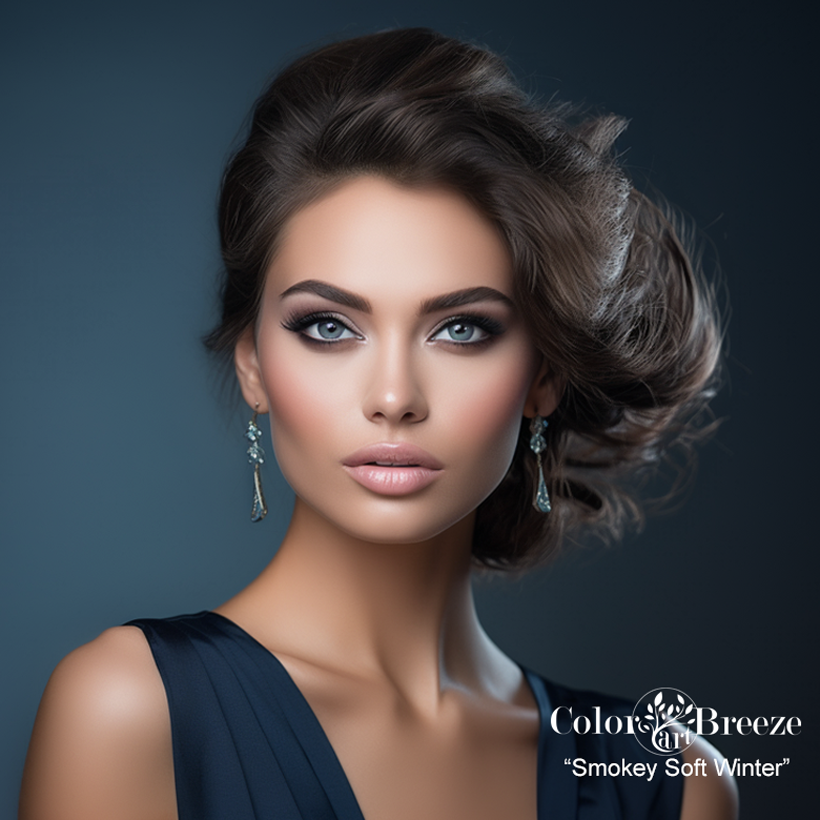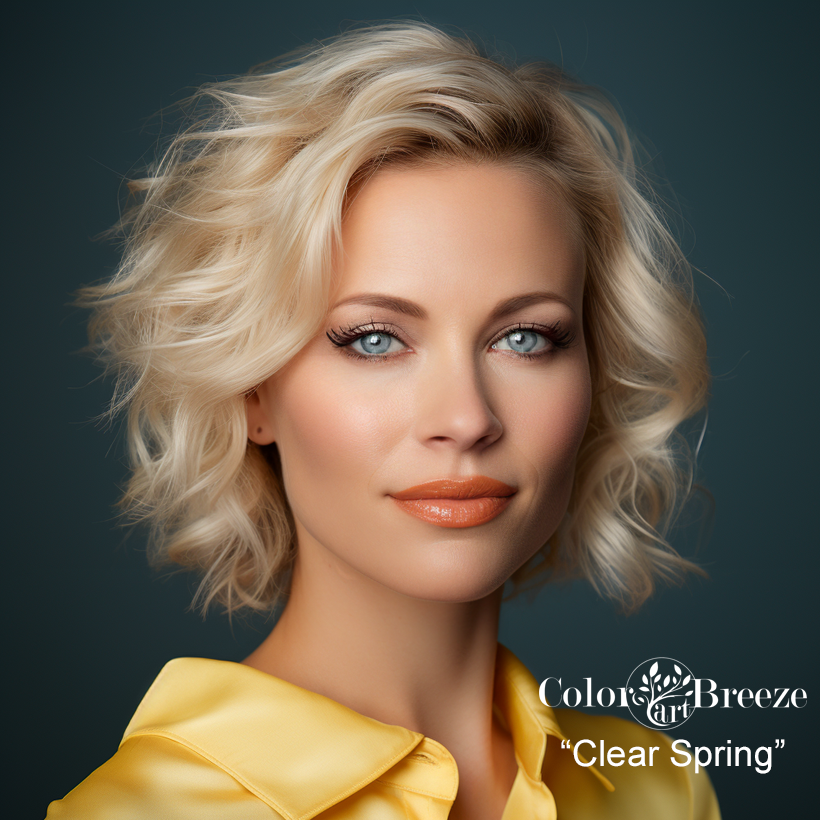How to Wear Green
for Your Season
For this post on how to wear green, one needs to first know there season. There is a perfect shade of green for everyone.
Green is a color that gets mixed responses from people. Most either love it or hate it.
Like most colors, everyone has their personal feelings and emotional reactions to it.
Psychologically, green is a color deeply associated with nature, symbolizing growth, renewal, and abundance. It evokes feelings of calmness and balance, often used in environments like hospitals and offices to promote relaxation and reduce anxiety.
However, green also carries negative connotations, such as envy and greed, as reflected in phrases like "green with envy," highlighting its complex psychological impact.
One client told me she despises green because it makes her look sick. I can't remember her season exactly, but she was probably a cool season wearing a warm shade of Green, as warm colors on cool seasons can indeed make them look sickly.
But again, there is a shade of green for everyone. Like any color, it's all about the undertone, value, and chroma.
When most people think of Green, they usually think of it as a warm color. But like most colors, there is a very wide variety of greens, including cool greens.

Green is a tertiary color, a combination of Blue (cool) and Yellow (warm).
If you add equal parts of Blue and Yellow (50/50), you get True Green. The color True Green" is in almost all of my swatches as it is a balanced temperature, "not too warm or too cool," and should work for nearly all seasons.
Add just a touch more yellow to Green, and it becomes a warm green. A bit more blue makes it a cool green.

Here are some guidelines for different seasons when looking for the best shade of Green to wear.
How to Wear Green if you are an Autumn
All Autumns can wear True Green.
Autumns are lucky because most greens you will find shopping tend to be warmer than cooler.
Earthy, muted Greens like Moss, Olive, Avocado work for all Autumns. Just adjust the value to match yours. For example, light moss works for the lightest Soft Autumns; Pine Green works for the deepest Autumns.
The lighter soft autumns, particularly the Dusty Soft Autumn, can wear pale, muted greens like pea green or light moss.
All-warm Autumns, like the Warm Autumns, Sunlit, and Toasted Autumns, may find those colors might wash them out. They need the warmest and most vivid autumn greens to come alive.
Lime is normally considered a Spring color, but Autumns can wear it in smaller doses for a pop of color.
How to Wear Green if you are a Spring
All Springs can wear True Green.
Choose shades that are warm, light and bright. Lime, Icy Green, and fresh Spring Green are good choices.
Springs are the lightest-value seasons, and anything dark and heavy, like Forest Green, will not harmonize well.
Light Springs look great in the lightest shades like mint green or Icy Green.
Shimmer is great for all Springs. Clear Springs can handle the most shine. Clear Springs are probably the only season that can truly look good in Chartreuse and Neon Green.
Even the Soft Springs can handle almost all light bright greens, with the exception of the neon shades.
Finding the right shades of green can be a little tougher for the cool seasons.
How to Wear Green if you are a Winter
All Winters can wear True Green. Emerald is another color that will work for all Winters.
Deep Winters can wear both bright or dark Green, such as Emerald and Forest Green.
Toasted Winters who have a touch of warmth to them can often look good in Avocado or deep Olives, which is rare for a Winter. Nothing too pale, though.
Smokey Soft Winters should avoid all warmth, so a deep aquamarine blue or cool turquoise will be great. It has the coolness you need but also some softness.
Similarly, try to find a shade of green that has some cool or blue undertones if you are a Cool Winter, or any Winter that has all-cool undertones, like the Cold Deep and Cold Clear Winters.
How to Wear Green if You are a Summer
True Green is a good choice for all Summers sub seasons.
All Summers should avoid anything too bright. Lime green is a particularly unflattering shade, especially if you are an all-cool Summer.
All Summers benefit from their greens having a cool undertone. Aquamarine greens and teal greens will have a blue undertone that prevents it from being too warm.
Soft Summers that flow into a warm season, like Sunlit or Toasted Summers, do well with Blue Spruce and Grey-Greens. They are usually usually quite neutral in temperature.
Turquoise, depending on the shade, is a nice blue-green for Summers are most shades of aquamarine greens.
To illustrate the differences in Greens further, I like to find examples from nature.
Return to Color Analysis Blog.








